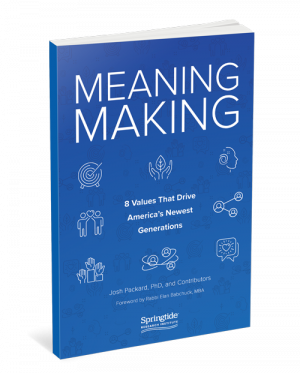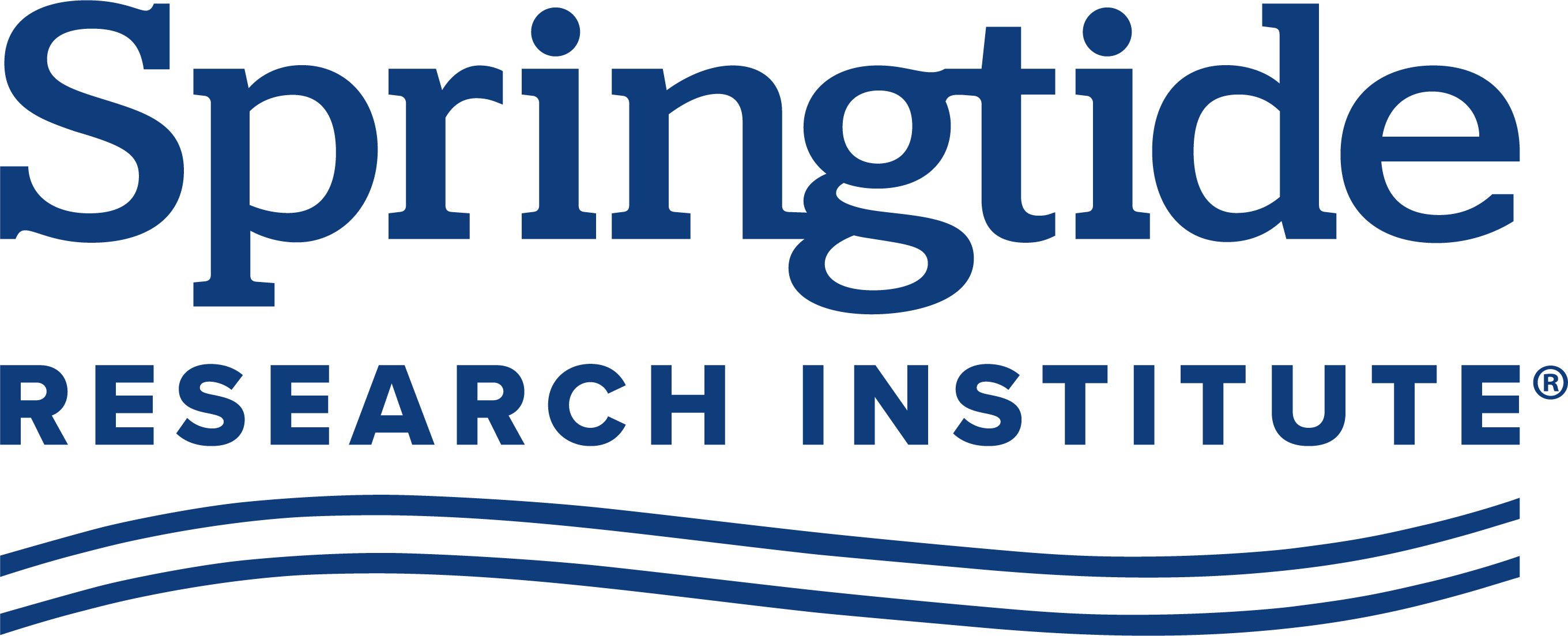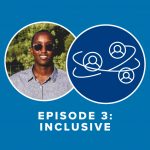Inclusive: Diversity Does Not Equal Inclusion
Below is an excerpt from Meaning Making: 8 Values that Drive America’s Newest Generations. Follow along on the blog for more excerpts, check out the additional resources on our Meaning Making page, and buy the book here.
Whether at work, in school, or at worship; whether spending money, time, or social capital—organizations that are inclusive are organizations young people want to join. And as the opening of Meaning Making’s chapter on Inclusion illustrates, an inclusive community is not one that admits or invites a diverse group of people to share time and space together while retaining a culture that caters to only one type of member. It’s clear that inclusivity is more than token diversity.
Misunderstanding the subtle but significant distinctions between diversity, equity, and inclusion has consequences. A 2017 Harvard Business Review article, “Diversity Doesn’t Stick without Inclusion,” authors Laura Sherbin and Ripa Rashid argue that a major stumbling block for organizations—and particularly workplaces—that seek to demonstrate inclusivity as a value is that they instead conflate diversity with the value they mean to be practicing.
“Part of the problem is that ‘diversity’ and ‘inclusion’ are so often lumped together that they’re assumed to be the same thing. But that’s just not the case. In the workplace, diversity equals representation. Without inclusion, however, the crucial connections that attract diverse talent, encourage their participation, foster innovation, and lead to business growth won’t happen.” Quoting diversity advocate Vernā Myers, the article states: “‘Diversity is being invited to the party. Inclusion is being asked to dance.’”
“Numerous studies show that diversity alone doesn’t drive inclusion,” the article reports.
In a 2018 Gallup: Workplace article, Ella Washington and Camille Patrick make similar observations about the importance of fostering a diverse and inclusive culture within an organization, and the critical difference between these two qualities: “Gallup’s research indicates recognizing that diversity and inclusion are very different things is the first step in the journey toward creating a uniquely diverse and inclusive culture.”
Washington and Patrick note that diversity can be assessed with quantitative measures but that assessing inclusion requires a more nuanced approach: “Inclusion refers to a cultural and environmental feeling of belonging. It can be assessed as the extent to which employees are valued, respected, accepted, and encouraged to fully participate in the organization. Employees in inclusive environments feel appreciated for their unique characteristics and are therefore comfortable sharing their ideas and other aspects of their true and authentic selves.”
As a means of self-assessment, organizations must “define what diversity means for their unique culture and how they expect inclusion to manifest on their teams. Next, they must have objective data to indicate if they are diverse and inclusive,” according to Washington and Patrick.
Given that nearly 40% of the young people Springtide surveyed agreed an organization must hold inclusivity as one of its highest values, this kind of nuanced understanding is critical to getting it right. Organizational leaders have a simple recipe for success in assessing behaviorally whether their organization is perceived and experienced as inclusive: just ask members. Ask members if their experiences and opinions are solicited, received with respect, and acted on. Ask if they feel respected and valued for their strengths, and if organizational leaders are perceived as trustworthy to do what’s right when issues arise. The answers to such questions will reveal whether inclusivity is an organizational strength.
Act on the Data: Want to know if the young people you serve feel valued, respected, accepted, and encouraged to fully participate? Ask them. Then be responsive to what you hear.







